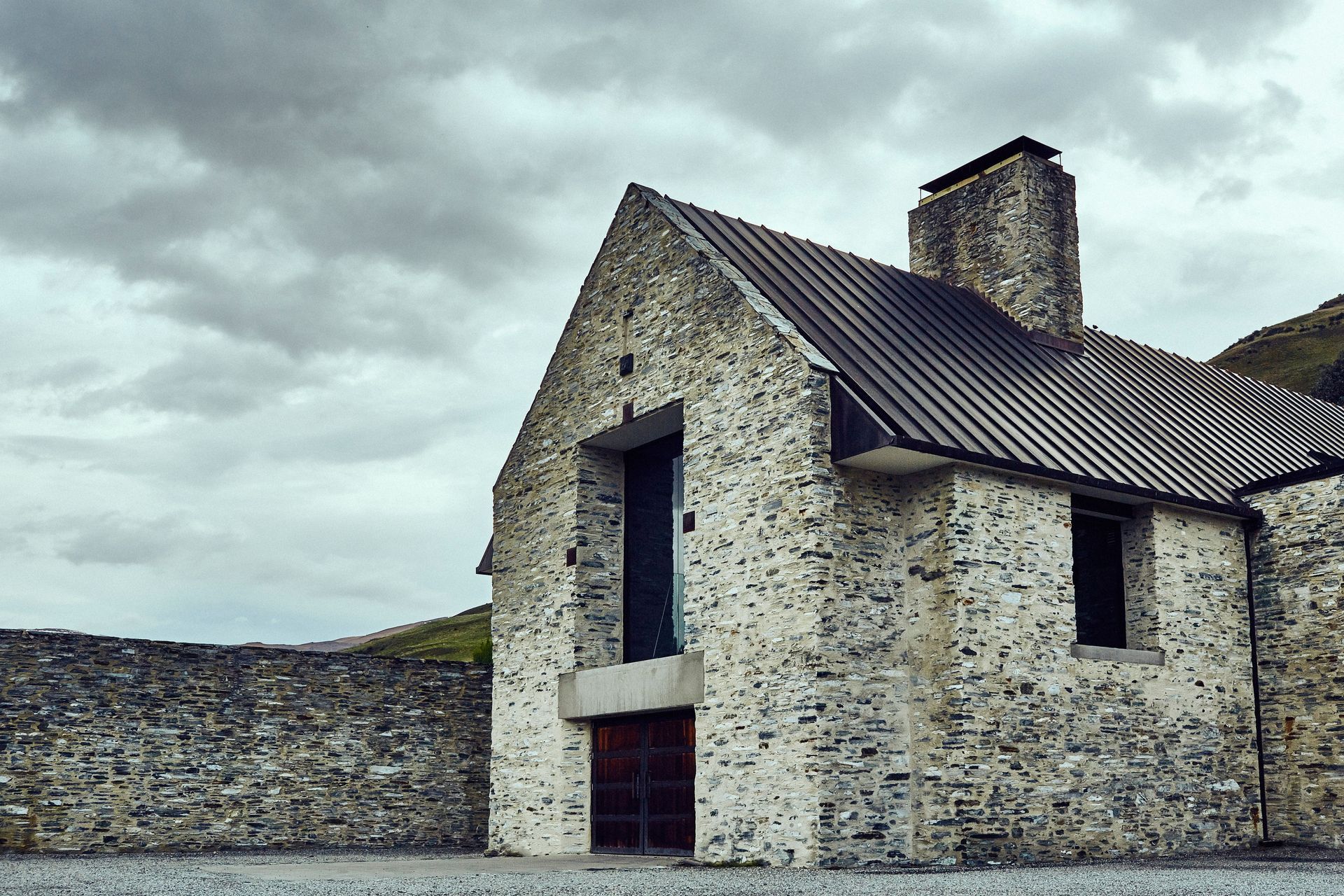A sommelier’s view on the design of high-end wine cellars

In 2006, Amisfield Winery completed construction on its eponymous winery building, a marvel of engineering that incorporated the power of gravity into its wine production process.
For the last 16 years, it has seen many thousands of barrels of wine pass through its tanks, going from grapes tended to by hand on the vineyard in Mount Pisa, to the fully-formed wine served at its restaurant overlooking Lake Hayes — both sites nestled into the rugged Otago landscape.
The processes of making, serving and even tasting wine are delicate arts, with entire industries and carefully curated reputations intrinsically tied to each. The same is true for the ‘middle stage’ of a wine’s lifecycle, which often spans the longest time period: the delicate art of wine storage.
The ageing stage of a wine’s journey is critical — the texture, mouthfeel, and flavours develop as tannins, sugars and acids all undergo changes through a variety of chemical processes. To ensure these processes are carried out as optimally as possible to maximise the quality of the final product, a great deal of consideration goes into the storage of the wine — and it’s why wine cellars, and wine cellar design, are so important.

The importance of wine expertise
At Amisfield, the wine is stored in dedicated storage cellars, tasked with ensuring the stock reaches its potential by keeping it isolated and at a consistent temperature and level of humidity.
This careful regulation is critical, says Amisfield’s dedicated sommelier, Marek Przyborek, especially for businesses like Amisfield that place such emphasis on the high standards of its wine.
“The wine is the most crucial element of our success — even a slight change in temperature, or an improper way of storing a bottle, can result in a lesser quality experience.”
For this reason, the right architectural considerations need to be taken when constructing a cellar. And while he wasn’t consulted on the construction of Amisfield’s wine cellar 16 years ago, having only been at the winery for two years, Marek says a wine expert’s input at the early stages of a cellar goes a long way.
“Obviously there are many intricacies associated with wine storage, and if an expert isn’t consulted it’s easy for these things to be overlooked,” says Marek. “And this goes beyond just quality control — the layout of the cellar and wine racks is also important.”
The logistics of wine storage, and of transporting it to and from the cellar, should also feature prominently in the planning of a wine storage room, he says. It should be easily accessible, and it should also be easy for staff to find what they’re looking for.
“A well-designed cellar, despite having thousands of bottles, should be easy to navigate — restaurant service is fast-paced, and the faster we can locate a specific bottle, the better we can do our job.”

Whether commercial or residential, good design is paramount
Any good design benefits from a consideration of all the different factors, however minute they may be, that can have an effect on the space. This is especially true for wine cellar architecture, though — any deviation from the optimal environment and ambience may spell disaster, in terms of either wine quality or logistics.
“Of course it’s about storage and protection, but also enhancing the efficiency of our work,” says Marek. “It’s very important to get it right — and the best way to do this is to involve sommeliers and other wine experts in the process.”
Of course, this advice is relevant not only for commercial cellars, but also for residential ones. The principles of temperature and humidity regulation, ease of access, and detailed organisation all apply for home wine cellars, which are becoming an increasingly popular fitout in new builds around the country.
And since every cellar is different — be it one that stores many tonnes of wine for a nationally renowned winery, or a high-scale residential one — a wine expert’s opinion on any specific scenario can never go amiss.
